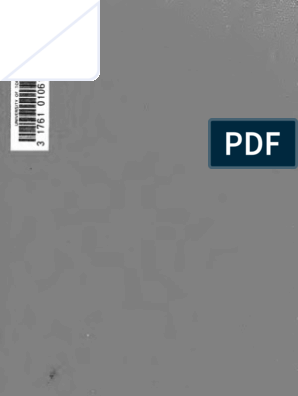0% found this document useful (0 votes)
19 views5 pagesCPI2024 FAQs
The Corruption Perceptions Index (CPI) ranks countries based on perceived public sector corruption, using data from 13 sources to provide a reliable composite score. It allows for global comparisons and captures various manifestations of corruption, though it does not measure citizens' experiences or private sector corruption. The CPI methodology has been independently validated, and while it provides insights into public sector corruption, it does not encompass the full scope of corruption in a country.
Uploaded by
sejalbackup101Copyright
© © All Rights Reserved
We take content rights seriously. If you suspect this is your content, claim it here.
Available Formats
Download as PDF, TXT or read online on Scribd
0% found this document useful (0 votes)
19 views5 pagesCPI2024 FAQs
The Corruption Perceptions Index (CPI) ranks countries based on perceived public sector corruption, using data from 13 sources to provide a reliable composite score. It allows for global comparisons and captures various manifestations of corruption, though it does not measure citizens' experiences or private sector corruption. The CPI methodology has been independently validated, and while it provides insights into public sector corruption, it does not encompass the full scope of corruption in a country.
Uploaded by
sejalbackup101Copyright
© © All Rights Reserved
We take content rights seriously. If you suspect this is your content, claim it here.
Available Formats
Download as PDF, TXT or read online on Scribd
/ 5

















































































